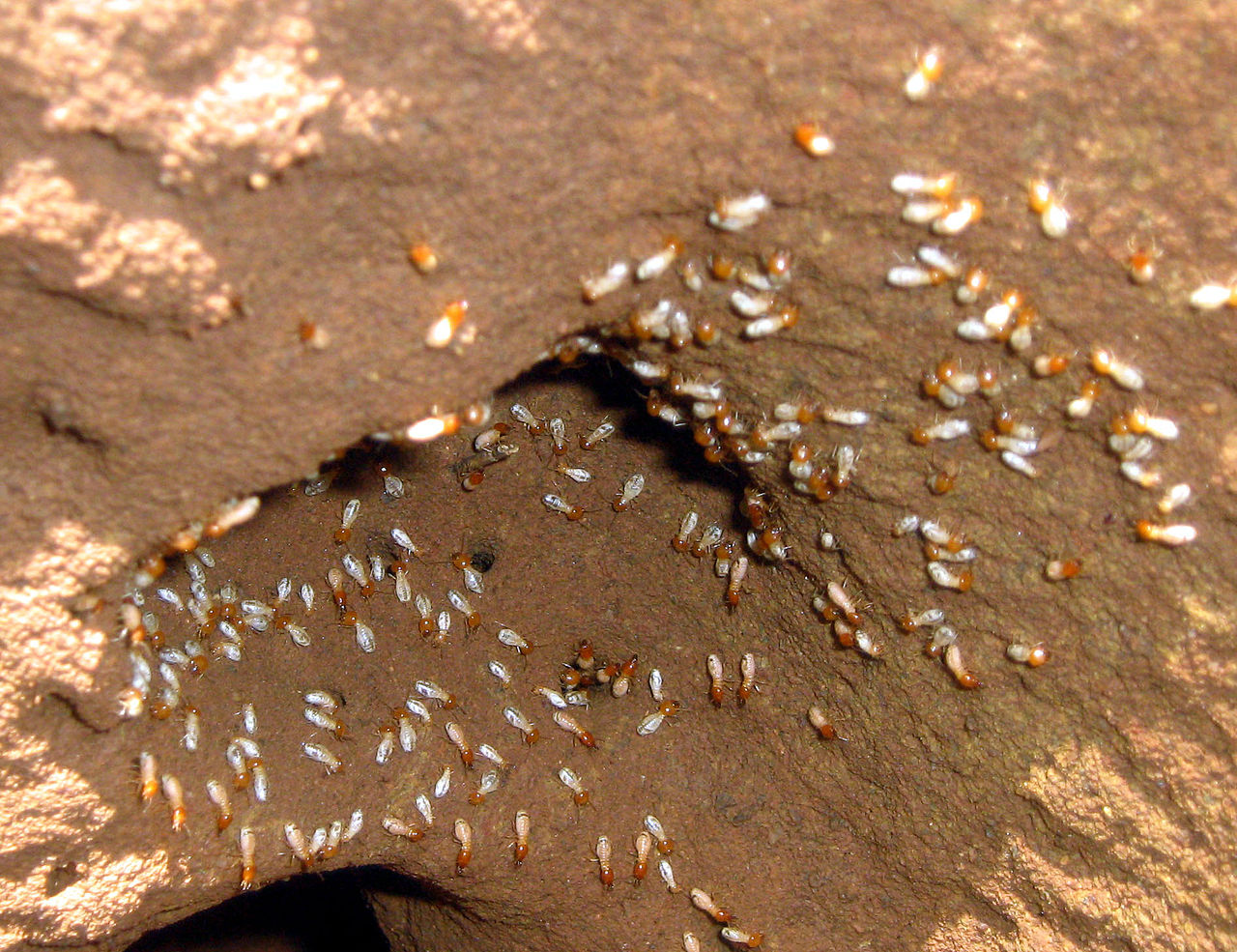Once universally considered pests, termites are now revealed to be diminutive ecosystem engineers. A study published in the “Science” journal earlier this month suggests that termites—and specifically their mounds—may protect savanna regions in Africa (and potentially regions of Australia and South America) from the immediate effects of climate change.
This protection is not projected to last forever—the study presents it as a temporary “buffer” against changing climate in termite-inhabited grasslands. Nonetheless, the prediction is welcome to many: according to the researchers, semi-arid savanna regions support upward of 38 percent of the global human population and take up almost 40 percent of the world’s landmass.
Biological communities are usually the topic of climate studies in the context of their protection. In this case, however, the reverse is true: termites were the topic of study because they are the protectors. While savanna regions are generally expected to become deserts as the climate changes, grasslands where termites reside are flourishing.
Termites alter soil composition while building their dwellings, according to the study, and enhance plant life in the process. Since plants are a foundation of grasslands ecosystems, the effects of termites benefit the entire community by slowing the process of desertification.
“If you pulled termites from the system,” said Dr. Robert Pringle, a Princeton University ecologist and co-author of the study, “you’d get a dramatic decrease in its ability to support large populations of charismatic wildlife.” Charismatic wildlife is the general term referring to “poster child” animal species inhabiting a particular ecosystem; termites do not fit the category.
Yet without termites, the better-known species of the savanna—from lions and elephants to humans—could not be supported in large numbers across the landscape. The way in which termites could be responsible for increasing an environment’s carrying capacity was the focus of the study.
The researchers found that termite mounds—averaging a height of approximately 1.5 feet and a width of approximately 65 feet—make an ideal host environment for plant life. Their tunnels and chambers are essentially aerated soil, and the mounds’ composition is significantly more nutrient-rich than the soil beyond their reach. The study found a 70 percent difference in nitrogen levels, and an 84 percent difference in phosphorus levels between termite mounds and surrounding soils. Additionally, termite mounds tended to be separated from one another by a distance of at least 65 feet, essentially spreading the beneficial effects across a vast landscape.
Scientists have long identified the self-organization exhibited by vegetation patterns in the grasslands regions of Africa. Plant distribution patterns have been observed by ecosystem modelers to change over time as an ecosystem nears desertification. The patterns form as a result of competition for water, which forms separated “islands” of vegetation across the landscape: the final stage observed before a desert is formed. The new study suggests that the patterns of vegetation in termite-supporting ecosystems and those in ecosystems on the brink of desertification can provide a base for conservation efforts in savanna regions.
Termite mounds are suggested to be foundations—ironically enough, given their foundation-eroding reputation in human dwellings—for more resilient ecosystems. The mounds may slow the process of desertification and even speed an ecosystem’s drought recovery by engineering the soil for optimum plant conditions. And the results themselves are robust.
“Even if individual colonies blink out in a given location,” Pringle said, “the concentrated nutrients, the altered soils, the tunnels and shafts—those mounds will take years to decades to erode.” Even termites, it seems, leave a lasting legacy on their landscapes.









